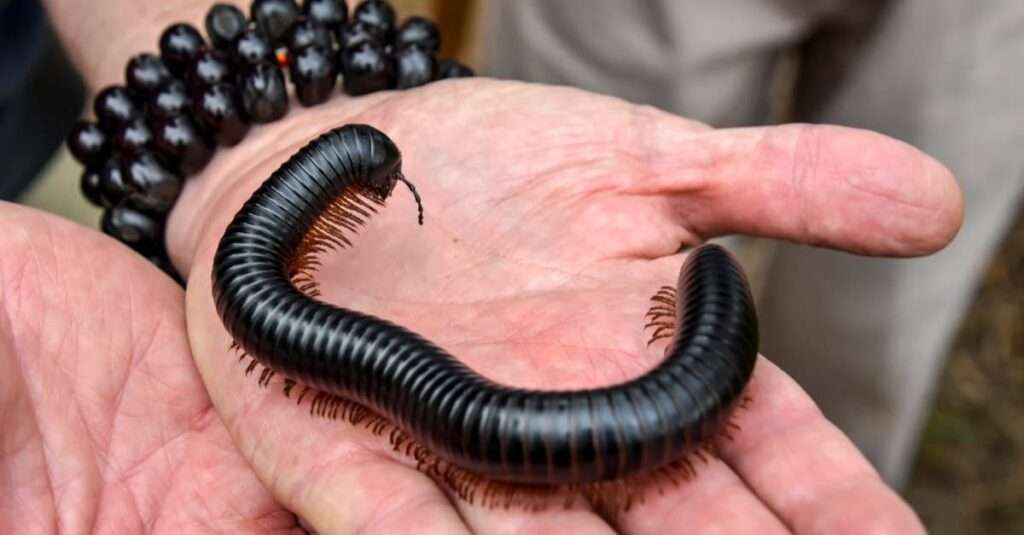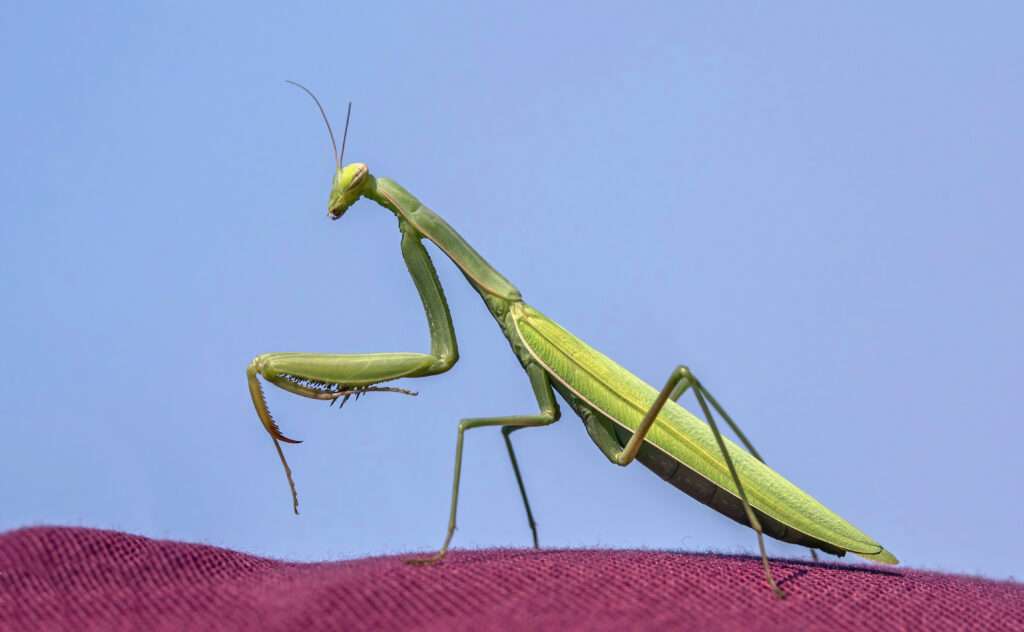
Thrips (order Thysanoptera) with fringed wings are tiny and slender insects. Thrips have distinctive asymmetrical mouthparts that are typically 1 mm (0.039 in) long or less in length. Although certain species of thrips are predators, most thrips species feed primarily on plants by puncturing the tissue and sucking up the contents. Entomologists have described Six thousand or so insect species. Thrips use an unusual mechanism called clap and fling to create lift by using an erratic circulation pattern with ephemeral vortices close to the wings.
Pest thrips species include many that affect economically significant crops. Several species, particularly the Tospoviruses, act as vectors for more than 20 viruses that cause plant disease. Some thrips species are helpful as pollinators or as mite or bug predators.
Appearance
Little hemimetabolous insects include thrips that have a recognizable cigar-shaped body. They have constricted bodies transversely. The larger predatory thrips have a size range of 0.5 to 14 mm (0.02 to 0.55 in). Thrips with the ability to fly have two comparable pairs of wings that resemble straps and have a bristly fringe. The wings are folded back over the body during the rest time.
Their legs typically finish in two tarsal segments with a “arolium,” or bladder-like organ, at the pretarsus. By exerting pressure on this structure, the hemolymph allows the insect to climb vertical surfaces. They have simple eyes or three ocelli, on the head and compound eyes made up of a few ommatidia.

Habitat
There are thrips everywhere. There are about 5000 different species. The Great Lakes region is home to more than 100 species. Thrips can be found on fungi, fruit, and flower bulbs as well as in flower blossoms, on the undersides of leaves, in leaf whorls and axils, beneath bark, in mosses, in leaf litter, and in soil.
Feeding
Species of thrips that prey on crops with substantial economic value. While some species are predators, the majority of them consume pollen and chloroplasts that are taken from the epidermal and mesophyll cells that line the outside of plants. They favor the plant’s fragile buds, blooms, and young leaves.
Life Cycle
Thrips hatch from an egg and go through two larval stages that are actively feeding as well as prepupa and pupa, which are non feeding stages, before becoming adults. Although thrips do not have a true pupal stage, late-instar larvae undergo significant morphological and behavioral changes and are referred to as prepupae and pupae.
Species Number
Entomologists have described Six thousand or so insect species.
Table





